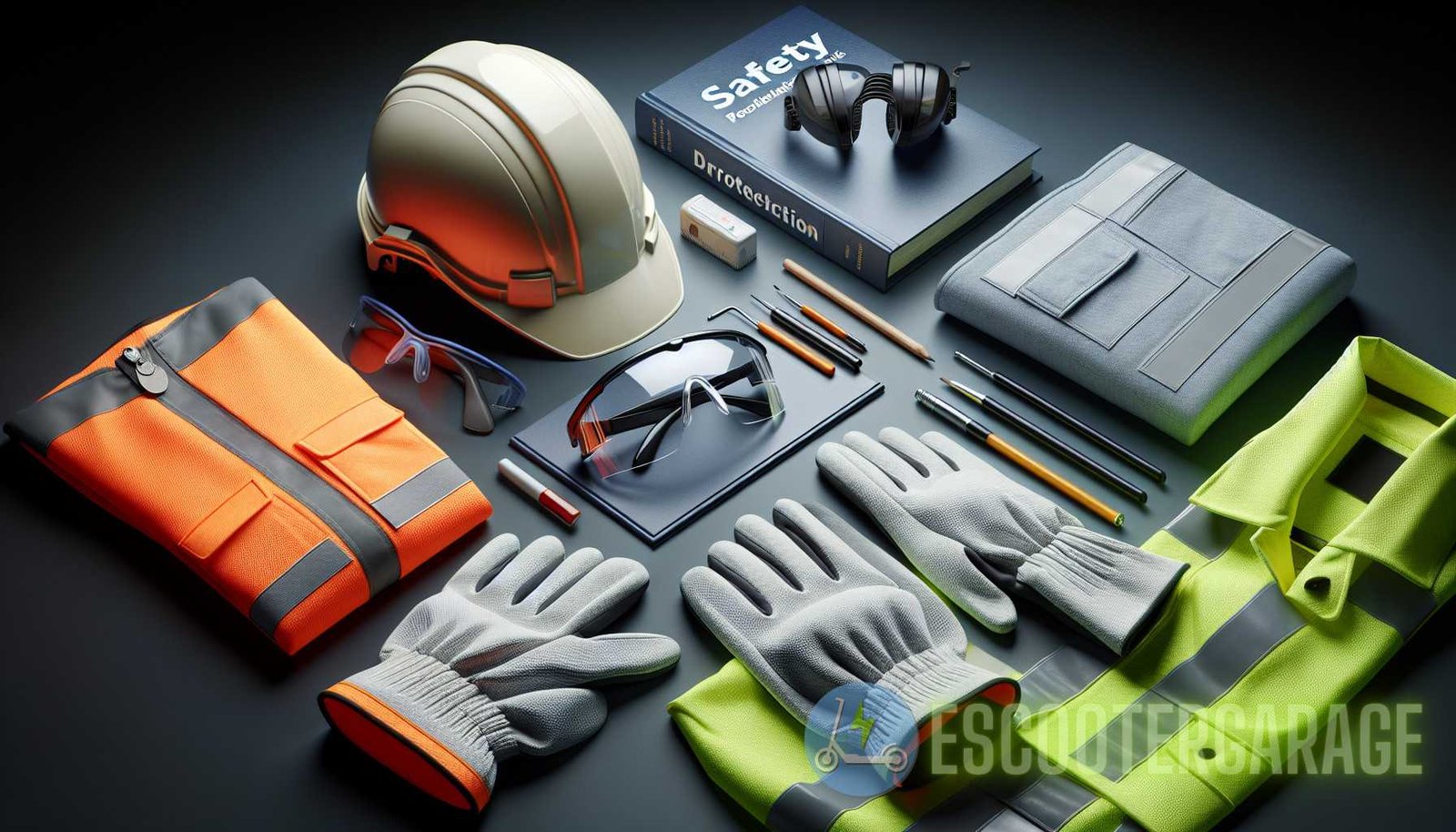Blank Title: Unlocking the Importance of Safety
Introduction
In our modern world, safety is a paramount concern in all aspects of our lives. Whether it’s in our homes, workplaces, or when we’re out and about, we strive to ensure that we are protected from potential harm. Safety is especially crucial when it comes to various activities and industries, including transportation, sports, and recreational activities. One area that has seen significant attention and innovation in recent years is the field of safety design.
The Importance of Safety Design
Safety design is the process of creating products, environments, and systems that prioritize the safety and well-being of individuals. It involves identifying potential hazards, assessing risks, and implementing measures to minimize or eliminate them. Safety design applies to a wide range of products and activities, from automobiles and aircraft to helmets and protective gear.
The need for safety design arises from the inherent risks associated with various activities and the potential for accidents or injuries. By considering safety at the design stage, manufacturers can create products that are safer and more reliable, reducing the risk of accidents and protecting users. Safety design is not only about complying with legal requirements but also about going beyond the standards to prioritize user safety.
The Revolution of e-Scooter Safety
In recent years, the popularity of e-scooters has soared, with millions of people around the world using them for commuting and leisure. However, the rise of e-scooters has also raised concerns about safety. Accidents and injuries related to e-scooters have become increasingly prevalent, prompting the need for innovative safety measures.
One area where safety design has made significant strides in the realm of e-scooters is helmet design. Traditional helmets have proven to be effective in protecting riders from head injuries, but advancements in technology have allowed for even greater levels of safety. Nanotechnology has emerged as a groundbreaking innovation that is revolutionizing helmet design, providing enhanced protection and comfort for riders.
Nanotechnology enables the production of helmets with improved impact resistance, reduced weight, and enhanced ventilation. By incorporating nano-sized materials, such as carbon nanotubes or graphene, helmet manufacturers can create lighter yet stronger helmets that better absorb and dissipate the force of impacts. This breakthrough in helmet design is helping to reduce the severity of head injuries and improve overall safety for e-scooter riders.
The Role of Nanotechnology in Helmet Design
Nanotechnology is the manipulation and engineering of materials at the nanoscale level, typically between 1 and 100 nanometers. At this scale, materials exhibit unique properties that differ from their bulk counterparts. These properties can be harnessed to enhance the performance of various products, including helmets.
When it comes to helmet design, nanotechnology can be employed to create helmets with improved mechanical strength, impact resistance, and energy absorption. The utilization of nanoscale materials, such as nanofibers and nanoparticles, enhances the structural integrity of helmets and their ability to withstand high-velocity impacts.

One of the key advantages of nanotechnology in helmet design is its ability to create lightweight yet durable helmets. By using nanoscale materials, manufacturers can reduce the weight of helmets without compromising their protective properties. This is particularly important for e-scooter riders, as a lighter helmet ensures greater comfort during extended rides.
Key Benefits of Nanotechnology in Helmet Design
- Enhanced impact resistance: Nanoscale materials offer superior energy absorption capabilities, making helmets more effective in protecting riders from impacts and reducing the risk of head injuries.
- Reduced weight: By utilizing nanoscale materials, helmets can be made lighter without sacrificing their protective properties. This allows for increased comfort and decreased fatigue during extended rides.
- Improved ventilation: Nanotechnology enables the creation of helmet designs with enhanced ventilation systems. This helps to regulate temperature and reduce sweating, providing a more comfortable riding experience.
- Customization and aesthetics: Nanotechnology allows for the incorporation of different colors, designs, and patterns into helmet surfaces. This enables riders to express their individuality while maintaining high levels of safety.
The Future of Helmet Safety
While nanotechnology has already made significant advancements in helmet design, the future holds even more promising possibilities for helmet safety. Ongoing research and development efforts aim to further enhance the protective capabilities of helmets and explore new materials and design concepts.
One area of interest is the integration of smart technologies into helmets. These technologies can provide real-time monitoring of vital signs, detect impacts and falls, and even communicate with other devices or emergency services. Smart helmets have the potential to revolutionize safety in various activities, including e-scooter riding, cycling, and motorcycle riding.
Another area of focus is helmet design for specific activities and user groups. Different activities may require helmets with specialized features and protection levels. For example, helmets designed for downhill mountain biking may incorporate additional facial protection and stronger materials to withstand high-speed impacts. Similarly, helmets designed for children may prioritize lightweight and comfortable designs that encourage regular use.
Conclusion
Safety design plays a vital role in protecting individuals and preventing accidents and injuries. The revolutionary advancements in helmet safety, driven by nanotechnology, are transforming the way we approach safety in various activities, including e-scooter riding. Nanotechnology enables the creation of helmets that are stronger, lighter, and more comfortable, significantly improving rider safety.
As the field of safety design continues to evolve, it is essential to stay informed about the latest developments and innovations. Whether it’s through advancements in helmet design, the integration of smart technologies, or the customization of safety gear, the ultimate goal is to ensure the safety and well-being of individuals in all aspects of their lives.



